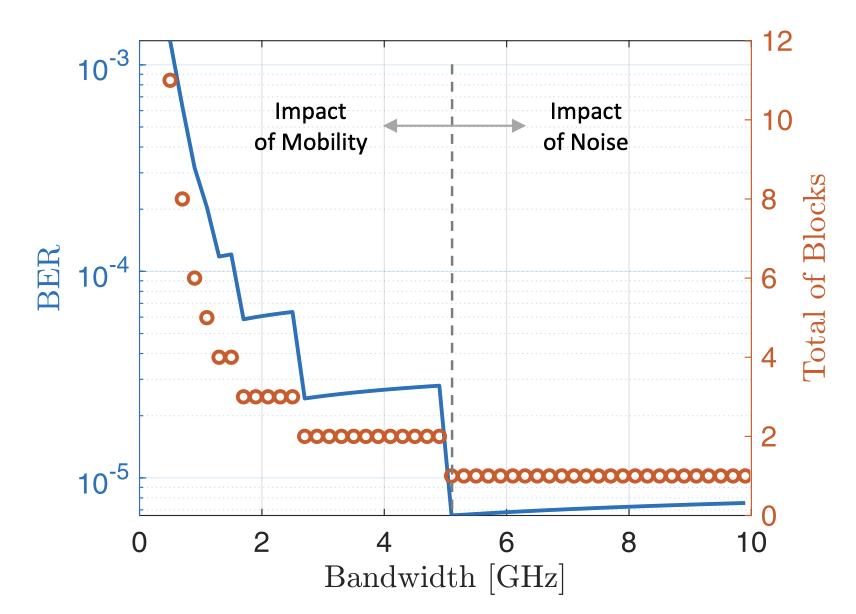Literature Database Entry
bannes2005konzeption
Christian Bannes, "Konzeption und Implementierung eines Paketgenerators zur kontrollierten Lasterzeugung und Dienstgütemessung im Internet," Bachelor Thesis, Wilhelm-Schickard-Institute for Computer Science, University of Tübingen, May 2005. (Advisor: Falko Dressler)
Abstract
npag is a packet generation and performance mesaurement tool. Unlike many other free available tools npag is capable of generating TCP, UDP, ICMP, ICMPv6, IPv4 and IPv6 trac where the frames can totaly be defined by the user. Network devices must be able to receive tracc from multiple sources. To take account of this fact npag provides multiple parallel streams. npag has the capability of measuring both UDP and TCP performance. It is not only possible to measure the maximum troughput but it is also possible to change the sending rate of each sending entity during a measurement. Beside measuring the throughput npag can determine the latancy and packet loss. Specifying a packet header and stream description can be very complex. To facilitate the specification npag provides an easy to lean skript language. By this means it is easy to write a complex description with a simple comand file.
Quick access
Contact
Christian Bannes
BibTeX reference
@phdthesis{bannes2005konzeption,
author = {Bannes, Christian},
title = {{Konzeption und Implementierung eines Paketgenerators zur kontrollierten Lasterzeugung und Dienstg{\"{u}}temessung im Internet}},
advisor = {Dressler, Falko},
institution = {Wilhelm-Schickard-Institute for Computer Science},
location = {T{\"{u}}bingen, Germany},
month = {5},
school = {University of T{\"{u}}bingen},
type = {Bachelor Thesis},
year = {2005},
}
Copyright notice
Links to final or draft versions of papers are presented here to ensure timely dissemination of scholarly and technical work. Copyright and all rights therein are retained by authors or by other copyright holders. All persons copying this information are expected to adhere to the terms and constraints invoked by each author's copyright. In most cases, these works may not be reposted or distributed for commercial purposes without the explicit permission of the copyright holder.
The following applies to all papers listed above that have IEEE copyrights: Personal use of this material is permitted. However, permission to reprint/republish this material for advertising or promotional purposes or for creating new collective works for resale or redistribution to servers or lists, or to reuse any copyrighted component of this work in other works must be obtained from the IEEE.
The following applies to all papers listed above that are in submission to IEEE conference/workshop proceedings or journals: This work has been submitted to the IEEE for possible publication. Copyright may be transferred without notice, after which this version may no longer be accessible.
The following applies to all papers listed above that have ACM copyrights: ACM COPYRIGHT NOTICE. Permission to make digital or hard copies of part or all of this work for personal or classroom use is granted without fee provided that copies are not made or distributed for profit or commercial advantage and that copies bear this notice and the full citation on the first page. Copyrights for components of this work owned by others than ACM must be honored. Abstracting with credit is permitted. To copy otherwise, to republish, to post on servers, or to redistribute to lists, requires prior specific permission and/or a fee. Request permissions from Publications Dept., ACM, Inc., fax +1 (212) 869-0481, or permissions@acm.org.
The following applies to all SpringerLink papers listed above that have Springer Science+Business Media copyrights: The original publication is available at www.springerlink.com.
This page was automatically generated using BibDB and bib2web.

